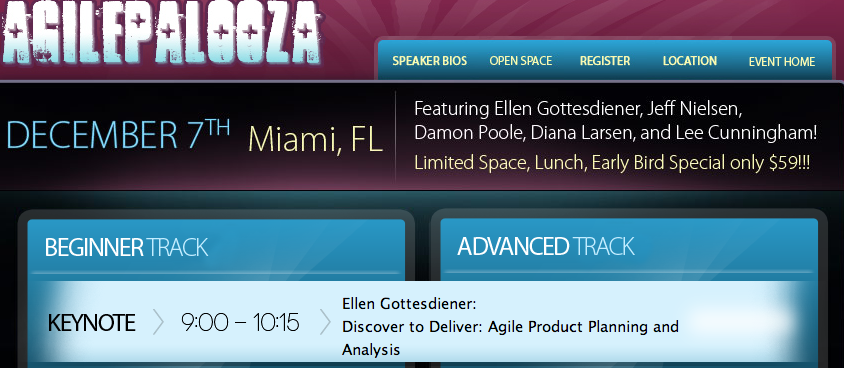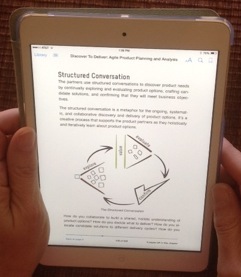 “Fast, easy, free/cheap…” That’s what we heard about publishing an eBook edition of a paper book. After all, people said, how difficult can it be to take a PDF and make it digital? Quite difficult, actually.
“Fast, easy, free/cheap…” That’s what we heard about publishing an eBook edition of a paper book. After all, people said, how difficult can it be to take a PDF and make it digital? Quite difficult, actually.
Ellen Gottesdiener and I should have anticipated that publishing eBook editions of our paper book Discover To Deliver: Agile Product Planning and Analysis would be a complex endeavor. In our careers, we have been involved in re-platforming software products (applications)–and we’ve rarely encountered a re-platforming project that is straightforward. Our eBook editions were no exception.
To eBook or Not to eBook
Even before we published the paperback version of Discover To Deliver, folks requested a digital version. We analyzed the profile of our primary readers. Challenges in converting the book’s visual language, illustrations, models and examples for a virtual reading audience worried us. Other concerns included the evolving eBook industry, its splintered standards, and the end-product usability issues driven by the increasing variations in devices (tablets, readers, smartphones) on which people access books. Weighing the value proposition of paper vs. digital, we decided to initially go paper.
Continue reading
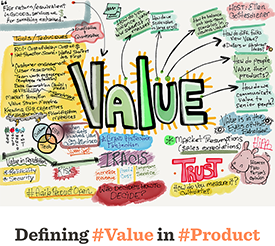


 “Fast, easy, free/cheap…” That’s what we heard about publishing an eBook edition of a paper book. After all, people said, how difficult can it be to take a PDF and make it digital? Quite difficult, actually.
“Fast, easy, free/cheap…” That’s what we heard about publishing an eBook edition of a paper book. After all, people said, how difficult can it be to take a PDF and make it digital? Quite difficult, actually.
 Last time, I told the story of a team that experienced a breakthrough after clarifying the scope of a stalled project. Noting that scope creep—the unrestrained expansion of requirements as the project proceeds—is cited as one of the top project risks, I promised to describe some of the good practices that help product partners manage product scope in a disciplined way. With clients, I always stress the importance of developing a product vision, identifying goals and objectives for the product, and clarifying the product partners’ value considerations very early in the project before development proceeds. Let’s look at ways to do that.
Last time, I told the story of a team that experienced a breakthrough after clarifying the scope of a stalled project. Noting that scope creep—the unrestrained expansion of requirements as the project proceeds—is cited as one of the top project risks, I promised to describe some of the good practices that help product partners manage product scope in a disciplined way. With clients, I always stress the importance of developing a product vision, identifying goals and objectives for the product, and clarifying the product partners’ value considerations very early in the project before development proceeds. Let’s look at ways to do that.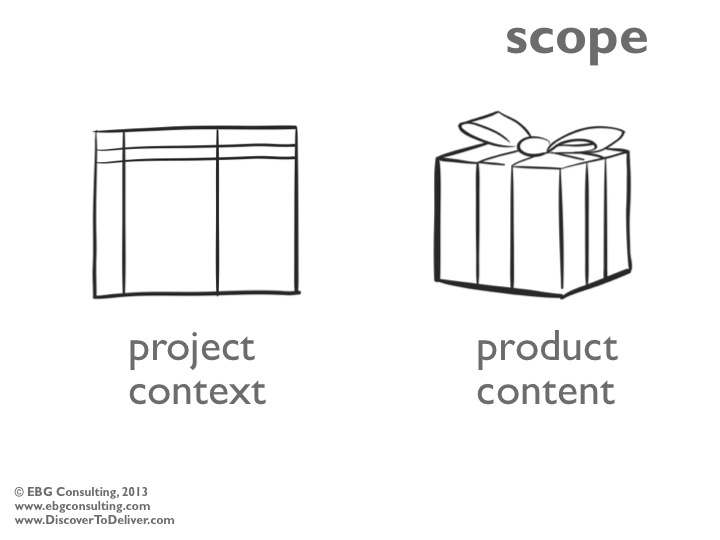 Recently I worked with a project team developing a software product under grant from four entities, with a government agency as their ultimate customer. They called me in because, three months into a four-month project, they were desperately behind. Why? They’d been spinning in circles, trying to satisfy diverse stakeholders who had overlapping as well as conflicting requirements. The funding was split among several competitors, each with its own competencies, and there was a sense that the government agency was playing favorites based on its own preferences in the domain.
Recently I worked with a project team developing a software product under grant from four entities, with a government agency as their ultimate customer. They called me in because, three months into a four-month project, they were desperately behind. Why? They’d been spinning in circles, trying to satisfy diverse stakeholders who had overlapping as well as conflicting requirements. The funding was split among several competitors, each with its own competencies, and there was a sense that the government agency was playing favorites based on its own preferences in the domain.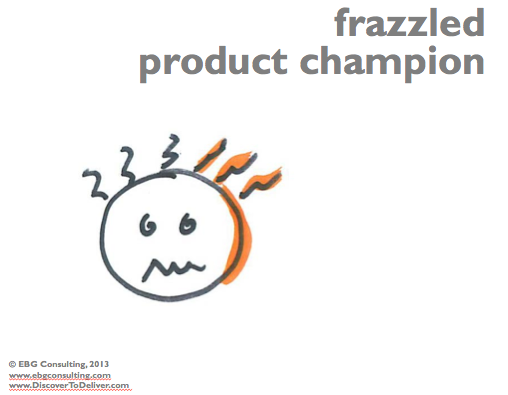
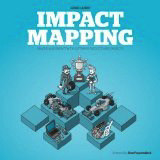 Impact Mapping: Making a Big Impact with Software Products and Projects
Impact Mapping: Making a Big Impact with Software Products and Projects
